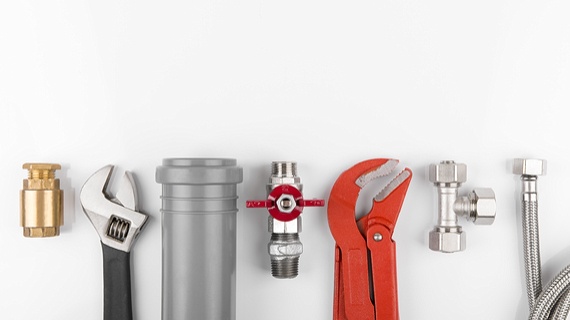
If you’ve identified the need for a legionella risk assessment in your workplace, you may be wondering what exactly is involved and how to prepare for it. The good news is that with a little forward-thinking, you can minimise the impact of this work on your business.
Bringing in a third-party
While it is possible for an organisation to undertake a risk assessment and follow-up work internally, the lack of internal knowledge, skills, and resources can be a major impediment. More importantly, the legal and financial repercussions for an outbreak of Legionnaires’ disease, as well as the subsequent negative press, can have serious consequences.
This is why most businesses rely on a professional third party for water management services that they can trust to ensure compliance – and avoid any costly mistakes.
Finding a water treatment company
There are over 300 water treatment companies listed in the Legionella Control Association directory. However, some will be a better match for your business than others. We recommend finding someone local, who has experience with legionella in your industry, as well as a wide range of services to make sure you’re covered for any remedial action you might need. For more information, check out: What to look for in a water treatment company.
Preparing for the site visit
Not much preliminary work needs to be done prior to the site visit by your water treatment company. However, a little research ahead of time can certainly help speed up the risk assessment process and minimise disruption.
If possible, we recommend you:
- Gain a basic understanding of the layout of your water system and where key components are located.
- Make sure engineers have access to key points in the water system. Depending on the nature of your business and premises, this may involve some forward-planning—it’s not uncommon for a risk assessment in a hotel or residential property to require access through a bedroom, for example.
- Make available any records of previous legionella risk assessments and follow-up work carried out on the premises. This could predate your employment, so be sure to make enquiries as to where it may be filed and have it ready for reference.
However, don’t panic if you can’t fulfil one or more of these ideal requirements. Any skilled water treatment company should be able to continue with the legionella risk assessment on the site visit regardless.
For more information about preparing for a legionella risk assessment – and what to expect on the site visit itself – why not click the link below and check out our free guide on the subject? It'll tell you everything you need to know about planning for effective legionella control and prevention.








